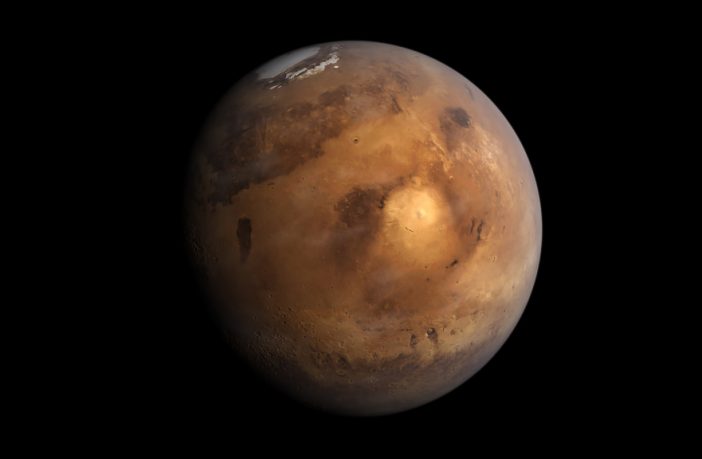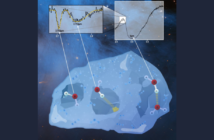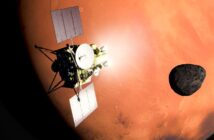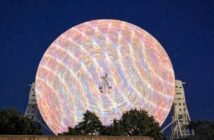Scientists from the OU have discovered a new phenomenon that could explain the long-debated mystery of how recent land features on Mars are formed in the absence of significant amounts of water.
Dr Jan Raack explains more:
What is this research all about?
“Experiments carried out in our Mars Simulation Chamber, which is able to simulate the atmospheric conditions on Mars, revealed that Mars’ thin atmosphere (about 7 mbar – compared to 1,000 mbar on Earth) combined with periods of relatively warm surface temperatures caused water flowing on the surface to violently boil. This process can move large amounts of sand and other sediment, which effectively ‘levitates’ on the boiling water.
“This means that, in comparison to on Earth, relatively small amounts of liquid water moving across Mars’ surface could form the large dune flows, gullies and other features, which characterise the Red Planet.”
Why is this significant?
“Whilst planetary scientists already know that the surface of Mars has recent ‘mass-wasting’ features – such as dune flows, gullies, and recurring slope lineae – which occur as a result of sediment transportation down a slope, the debate about what is forming them continues.
Our research has discovered that this levitation effect caused by boiling water under low pressure enables the rapid transport of sand and sediment across the surface. This is a new geological phenomenon, which doesn’t happen on Earth, and could be vital to understanding similar processes on other planetary surfaces.
Does the process in the lab definitely occur on the surface of Mars?
“This is a controlled laboratory experiment, however, the research shows that the effects of relatively small amounts of water on Mars in forming features on the surface may have been widely underestimated. We need to carry out more research into how water levitates on Mars, and missions such as the ESA ExoMars 2020 Rover will provide vital insight to help us better understand our closest neighbour.”
The research, led by Marie Skłodowska-Curie Research Fellow at The Open University, Dr Jan Raack, has been published in the academic journal Nature Communications. Funded by the Europlanet 2020 Research Infrastructure through the European Union’s Horizon 2020 Research and Innovation Programme [Grant Agreement No. 654208], the research is co-authored by academics from the STFC Rutherford Appleton Laboratory, Universität Bern, and Université de Nantes. The initial concept was developed by Susan J. Conway of Université de Nantes.



